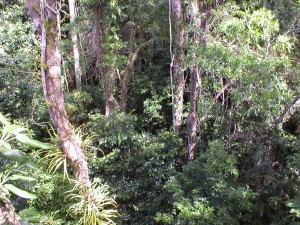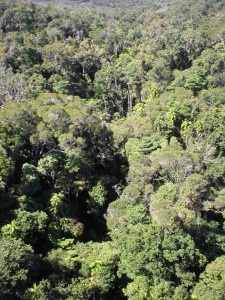

ja
We’re still on sentence 6 of the LCC2 Relay Text, concerning a talking rock:
tō tele janūra to makīþa matēnnā jerrasōr tō jāo ñalla ja rā anālhāri mē ānen antāken;
ja is the 3rd person inanimate reduced pronoun. There is no full pronoun for 3rd person inanimate. This form of ja looks exactly like the much more common inanimate relative pronoun ja . The reason it can’t be that ja is that there is no noun phrase in front of it.
The use of ja here initially looks ungrammatical because it refers to makīþa matēnnā, an animate noun phrase. And, indeed, ma would be entirely appropriate here. But, remember I talked about raising things to animacy and imbuing them with personhood. The opposite is also possible and one can interpret this as lowering the talking rock back into inanimate object status. And considering the rest of the clause and the next sentence, that is what is happening here.
ñalla ja rā anālhāri mē is “I moved it into the ocean” signalling a change in location for the talking rock.
The talking rock’s reply made me angry that I moved it into the ocean…”
![]()
![]()
![]()
![]()
![]()
![]()

